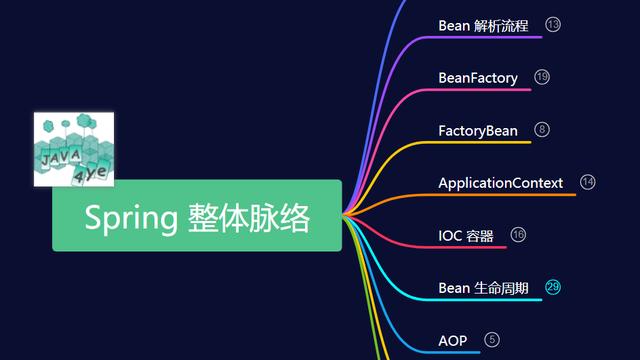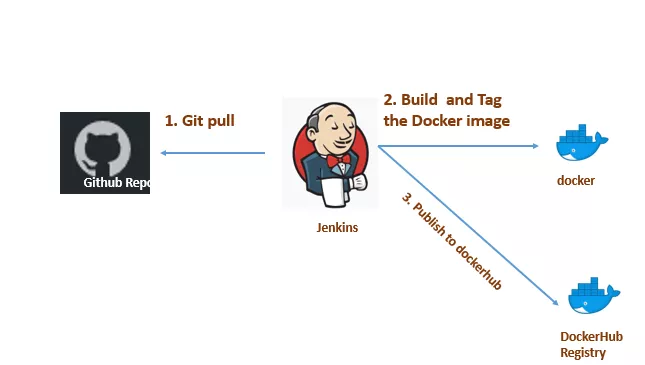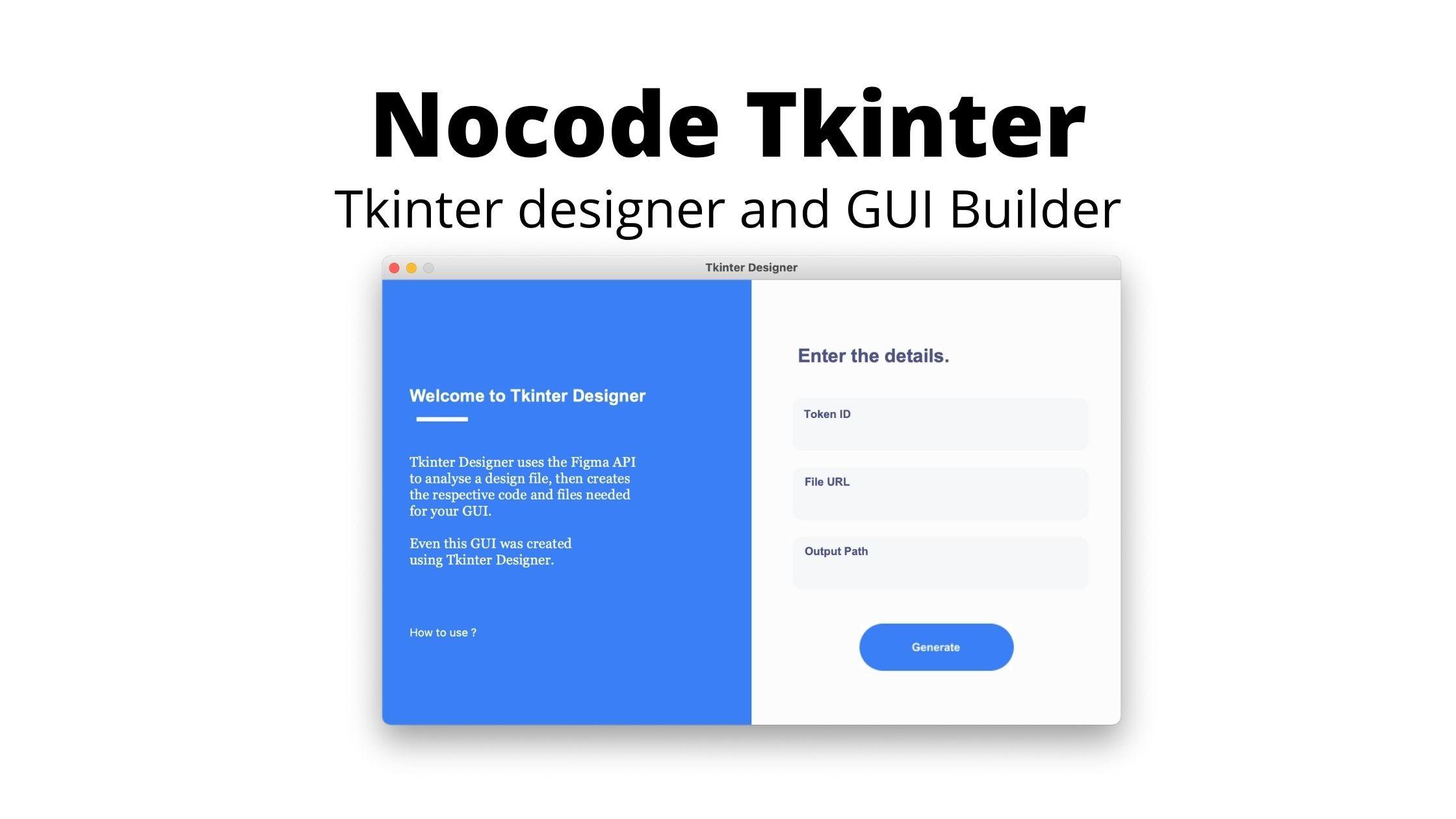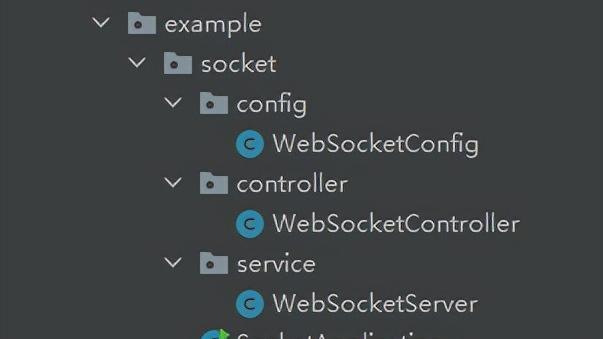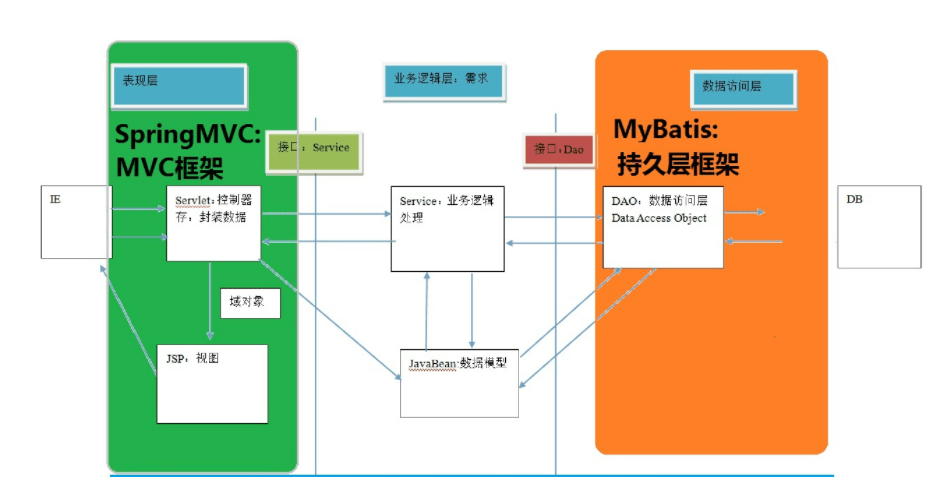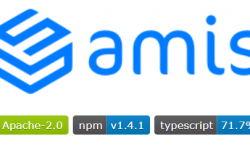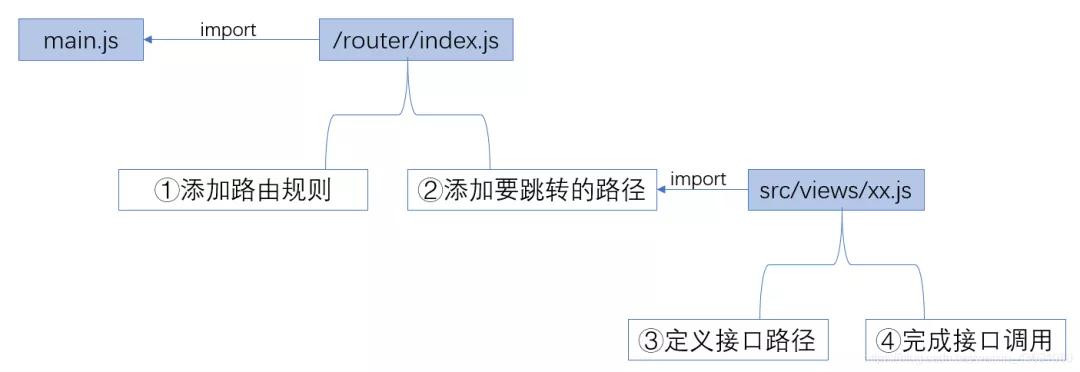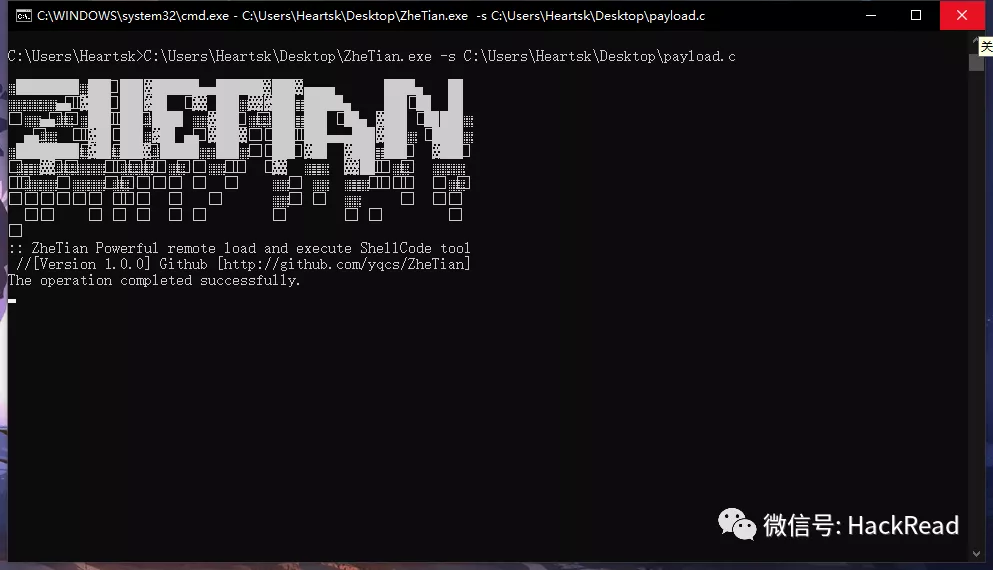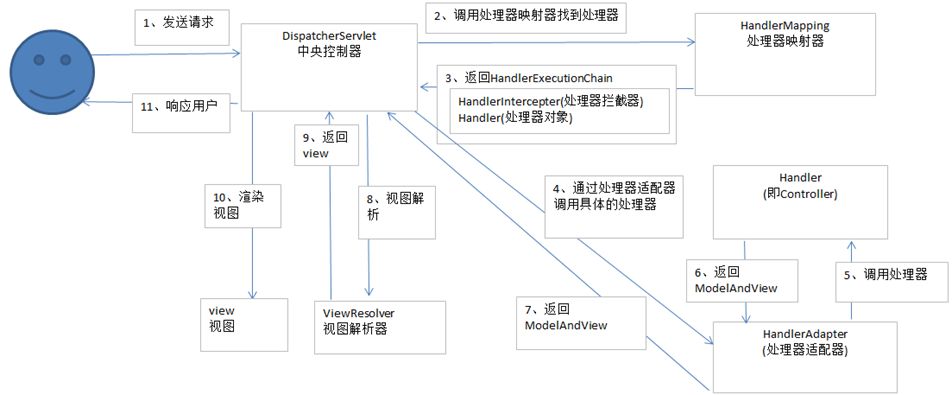Spring Boot读取配置文件的几种方式「值得收藏」
2020-07-09
加入收藏

Spring Boot获取文件总的来说有三种方式,分别是@Value注解,@ConfigurationProperties注解和Environment接口。这三种注解可以配合着@PropertySource来使用,@PropertySource主要是用来指定具体的配置文件。
@PropertySource解析
@Target(ElementType.TYPE)
@Retention(RetentionPolicy.RUNTIME)
@Documented
@Repeatable(PropertySources.class)
public @interface PropertySource {
String name() default "";
String[] value();
boolean ignoreResourceNotFound() default false;
String encoding() default "";
Class<? extends PropertySourceFactory> factory() default PropertySourceFactory.class;
}
- value():指定配置文件
- encoding():指定编码,因为properties文件的编码默认是IOS8859-1,读取出来是乱码
- factory():自定义解析文件类型,因为该注解默认只会加载properties文件,如果想要指定yml等其他格式的文件需要自定义实现。
一、@Value注解读取文件
新建两个配置文件config.properties和configs.properties,分别写入如下内容:
zhbin.config.web-configs.name=JAVA旅途
zhbin.config.web-configs.age=22
zhbin.config.web-configs.name=Java旅途
zhbin.config.web-configs.age=18
新增一个类用来读取配置文件
@Configuration
@PropertySource(value = {"classpath:config.properties"},encoding="gbk")
public class GetProperties {
@Value("${zhbin.config.web-configs.name}")
private String name;
@Value("${zhbin.config.web-configs.age}")
private String age;
public String getConfig() {
return name+"-----"+age;
}
}
如果想要读取yml文件,则我们需要重写DefaultPropertySourceFactory,让其加载yml文件,然后再注解
@PropertySource上自定factory。代码如下:
public class YmlConfigFactory extends DefaultPropertySourceFactory {
@Override
public PropertySource<?> createPropertySource(String name, EncodedResource resource) throws IOException {
String sourceName = name != null ? name : resource.getResource().getFilename();
if (!resource.getResource().exists()) {
return new PropertiesPropertySource(sourceName, new Properties());
} else if (sourceName.endsWith(".yml") || sourceName.endsWith(".yaml")) {
Properties propertiesFromYaml = loadYml(resource);
return new PropertiesPropertySource(sourceName, propertiesFromYaml);
} else {
return super.createPropertySource(name, resource);
}
}
private Properties loadYml(EncodedResource resource) throws IOException {
YamlPropertiesFactoryBean factory = new YamlPropertiesFactoryBean();
factory.setResources(resource.getResource());
factory.afterPropertiesSet();
return factory.getObject();
}
}
@PropertySource(value = {"classpath:config.properties"},encoding="gbk",factory = YmlConfigFactory.class)
二、Environment读取文件
配置文件我们继续用上面的两个,定义一个类去读取配置文件
@Configuration
@PropertySource(value = {"classpath:config.properties"},encoding="gbk")
public class GetProperties {
@Autowired
Environment environment;
public String getEnvConfig(){
String name = environment.getProperty("zhbin.config.web-configs.name");
String age = environment.getProperty("zhbin.config.web-configs.age");
return name+"-----"+age;
}
}
三、@ConfigurationProperties读取配置文件
@ConfigurationProperties可以将配置文件直接映射成一个实体类,然后我们可以直接操作实体类来获取配置文件相关数据。
新建一个yml文件,当然properties文件也没问题
zhbin:
config:
web-configs:
name: Java旅途
age: 20
新建实体类用来映射该配置
@Component
@ConfigurationProperties(prefix = "zhbin.config")
@Data
public class StudentYml {
// webConfigs务必与配置文件相对应,写为驼峰命名方式
private WebConfigs webConfigs = new WebConfigs();
@Data
public static class WebConfigs {
private String name;
private String age;
}
}
- prefix = "zhbin.config"用来指定配置文件前缀
如果需要获取list集合,则做以下修改即可。
zhbin:
config:
web-configs:
- name: Java旅途
age: 20
- name: Java旅途2
age: 202
@Component
@ConfigurationProperties(prefix = "zhbin.config")
@Data
public class StudentYml {
private List<WebConfigs> webConfigs = new ArrayList<>();
@Data
public static class WebConfigs {
private String name;
private String age;
}
}
经验与坑
- properties文件默认使用的是iso8859-1,并且不可修改
- yml文件的加载顺序高于properties,但是读取配置信息的时候会读取后加载的
- @PropertySource注解默认只会加载properties文件
- @PropertySource注解可以与任何一种方式联合使用
- 简单值推荐使用@Value,复杂对象推荐使用@ConfigurationProperties

